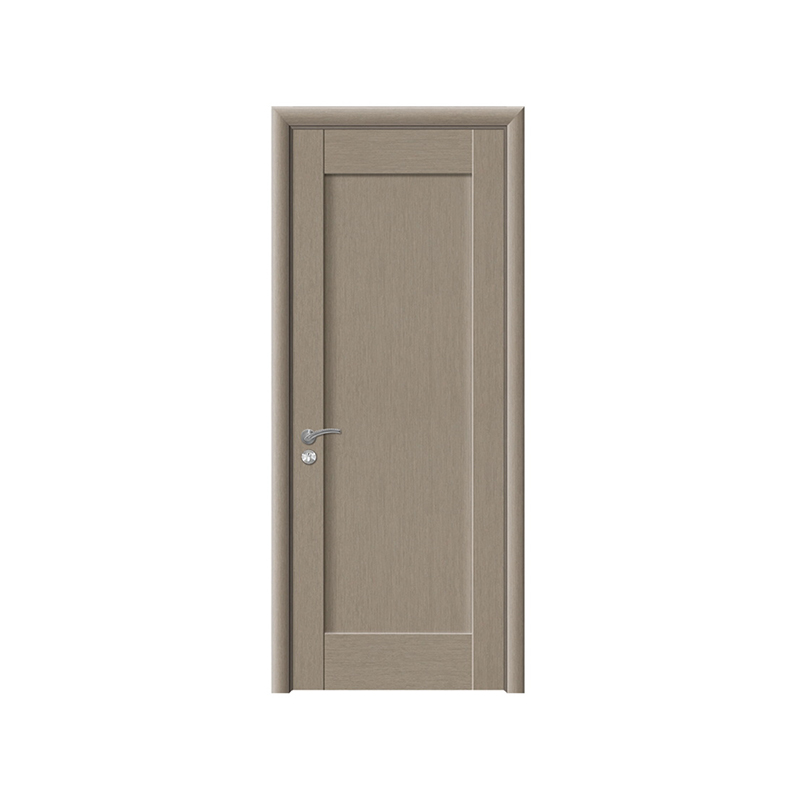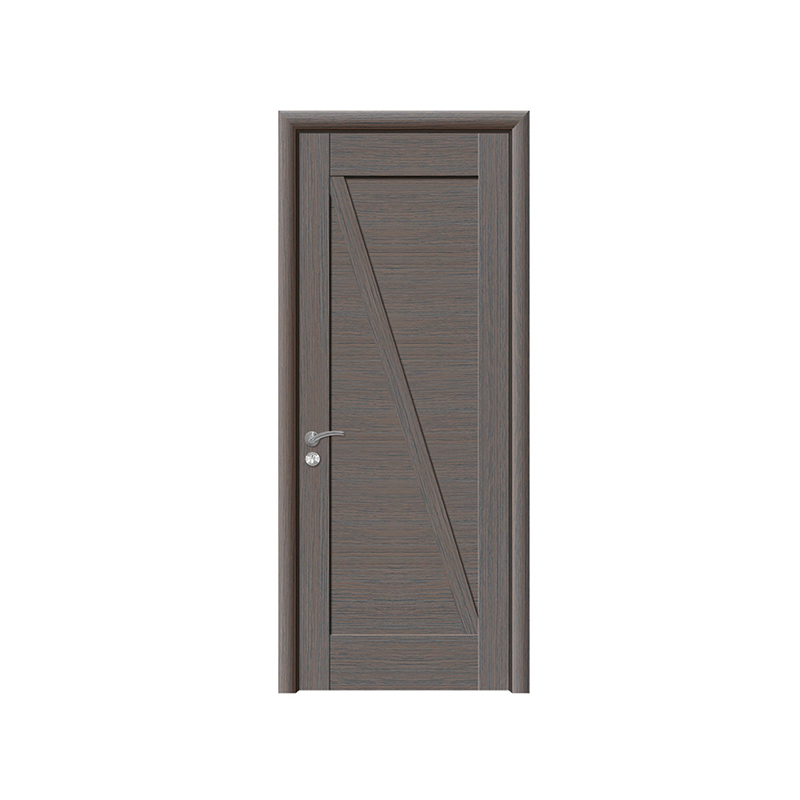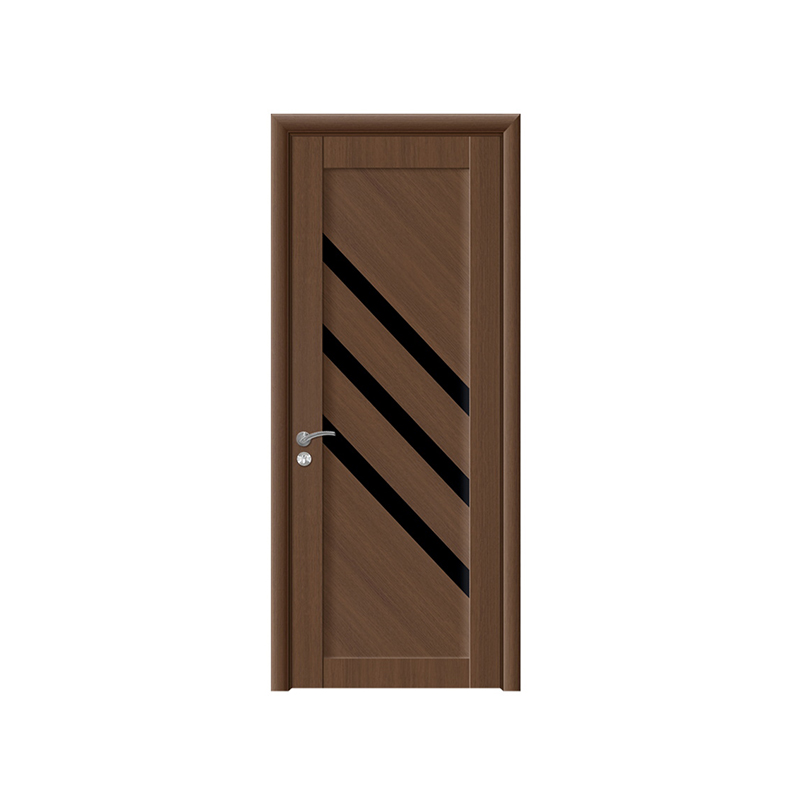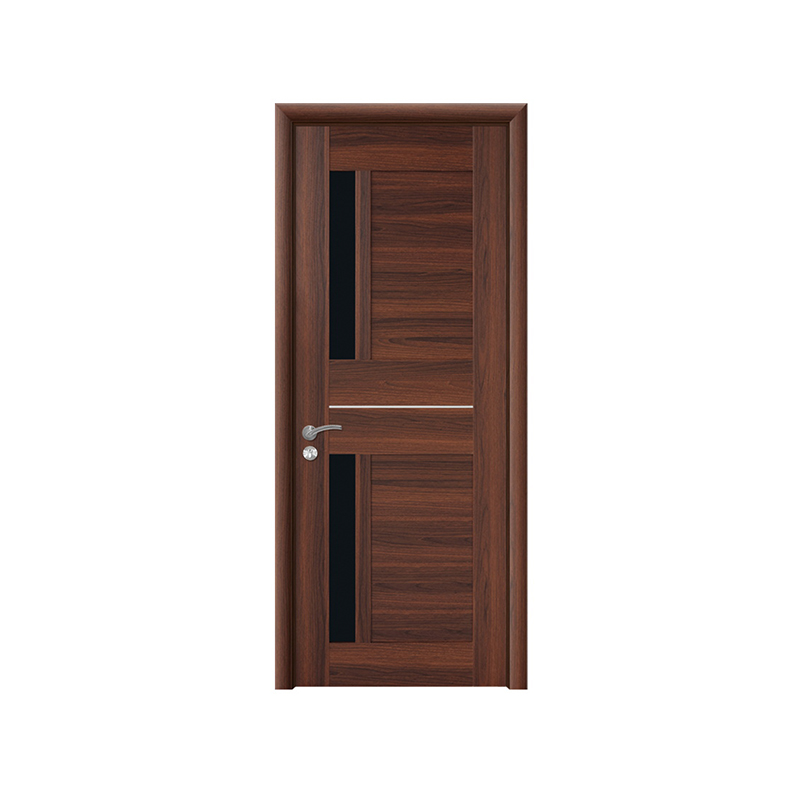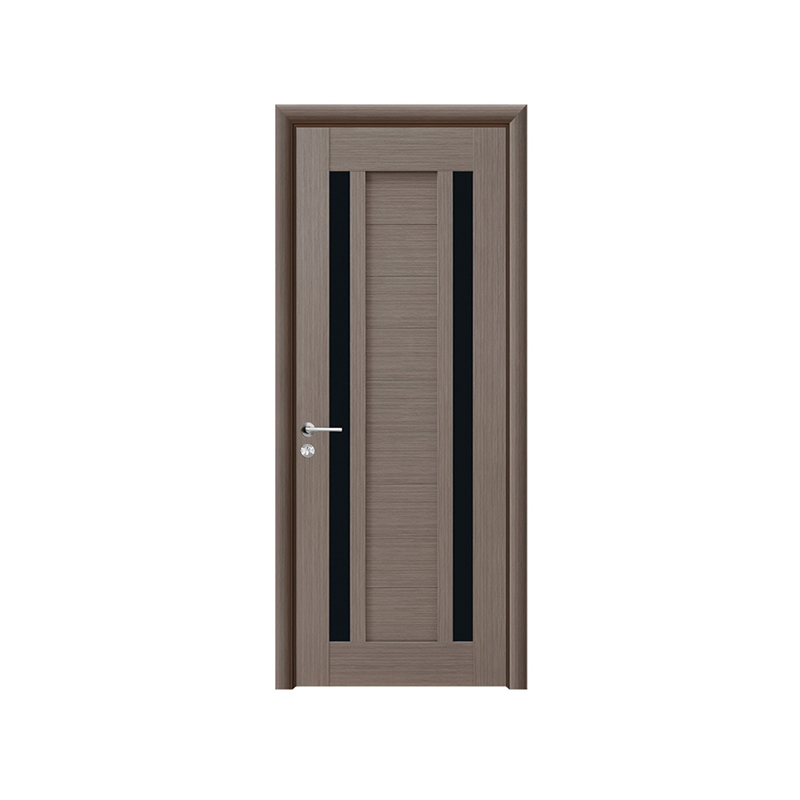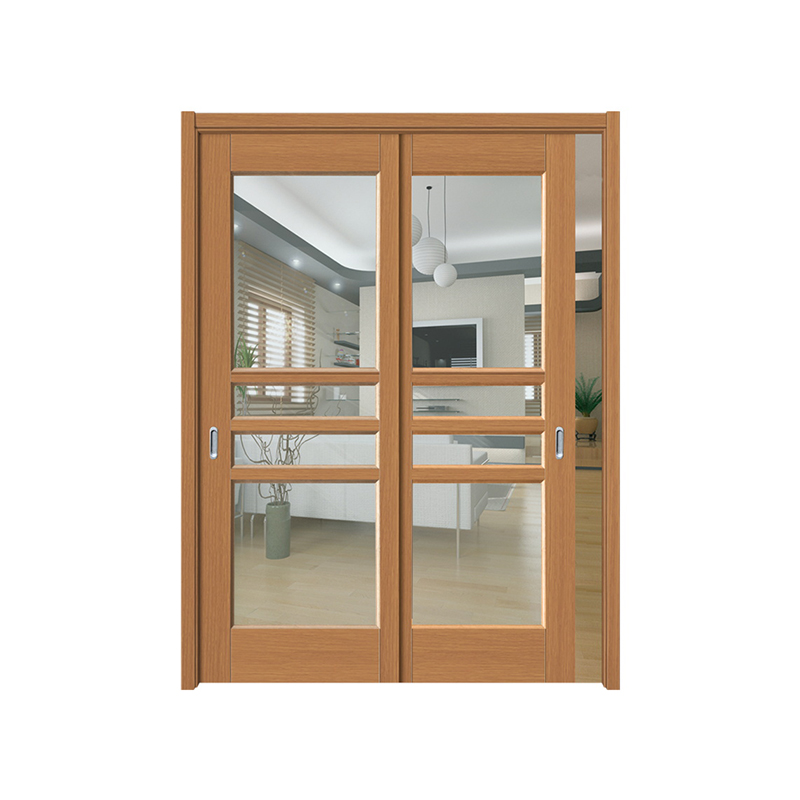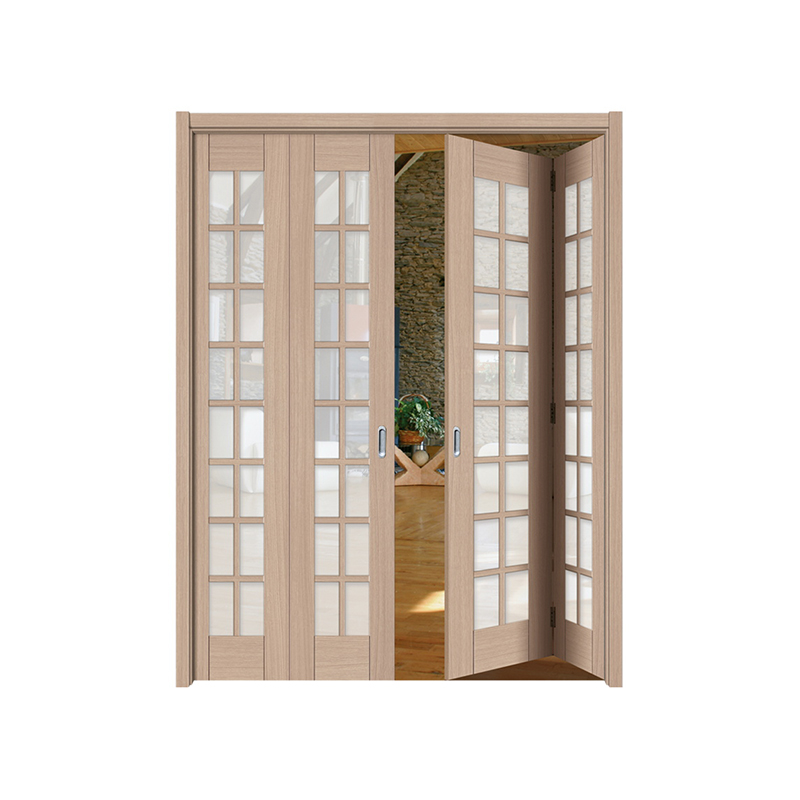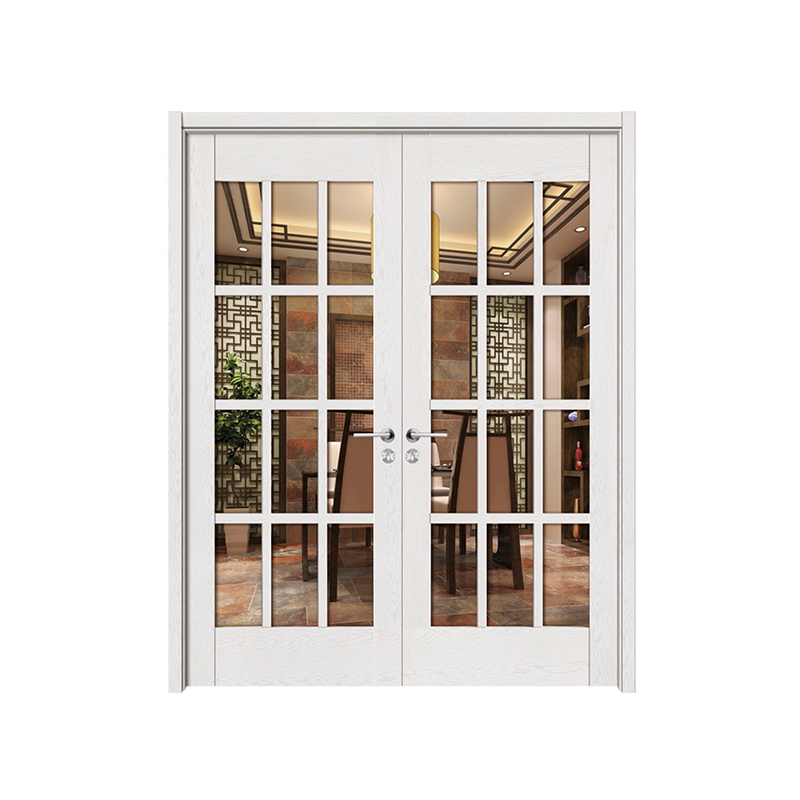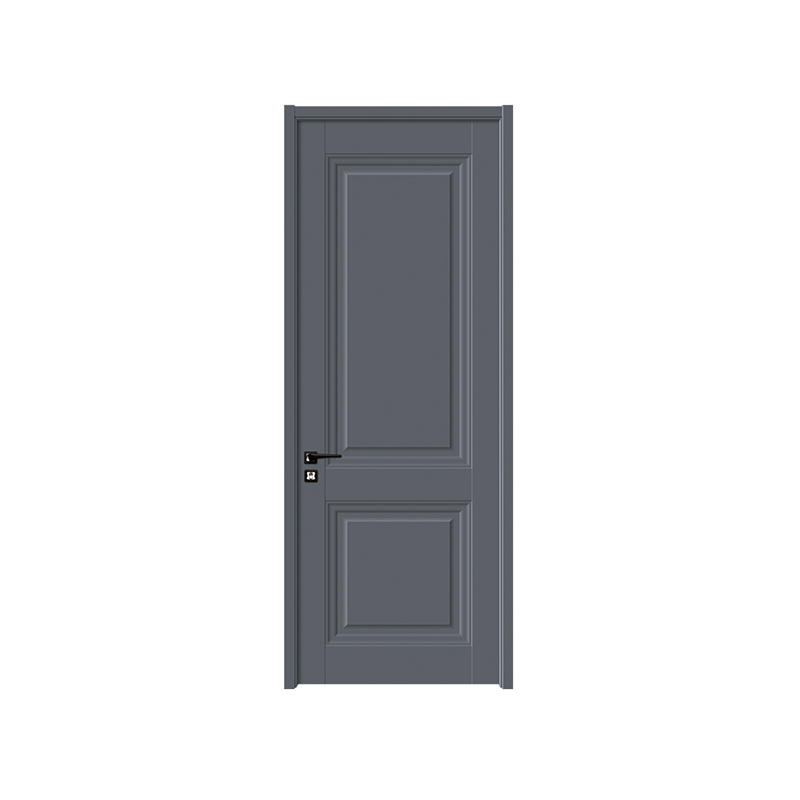What Are MDF Combined Doors and Why Are They So Popular?
MDF combined doors are a hybrid option that merges the strength and smooth finish of MDF (Medium Density Fiberboard) with other materials like wood veneers, PVC, or laminates. The result is a door that combines attributes of these materials—durability, a smooth surface for painting, and a clean, sleek finish.
These doors are often used in both residential and commercial applications due to their ability to provide a modern, polished look while being cost-effective. MDF combined doors are available in various styles, including flat-panel and raised-panel options, making them versatile enough to complement both contemporary and traditional interiors.
Their benefits extend beyond aesthetics; they are also highly durable and resistant to warping and swelling, which can often happen with solid wood doors. This makes MDF combined doors a great option for areas with high humidity, such as kitchens, bathrooms, or entryways.
What Is the Advantage of Using Composite Doors Over Traditional Wood Doors?
Composite doors are engineered products designed for outstanding strength and energy efficiency. Unlike traditional wooden doors, which may be prone to warping or expanding in different climates, composite doors are made from a combination of materials, such as PVC, MDF, and solid wood cores. These materials are carefully crafted together to produce a door that is both resilient and thermally efficient.
One of the biggest advantages of composite doors is their ability to withstand weather conditions. Whether it's the scorching summer heat or freezing winter temperatures, these doors maintain their structural integrity over time. Additionally, composite doors often come with enhanced security features like multi-point locking systems, making them an outstanding choice for exterior applications.
The maintenance required for composite doors is minimal compared to traditional wood doors, which may need frequent refinishing or sealing. Their robust construction and low-maintenance qualities make them a great choice for both residential homes and commercial spaces.
Why Are Plywood Doors a Good Choice for Interior Spaces?
Plywood doors are among common door options for residential and commercial interior applications. Constructed using layers of thin plywood sheets glued together, plywood doors are known for their strength, flexibility, and lightweight characteristics. They are ideal for use in bedrooms, closets, and other interior spaces due to their balance of performance and cost-effectiveness.
One of the key advantages of plywood doors is their versatility in design. You can find them in various finishes, from natural wood veneers to paintable surfaces. This allows homeowners and designers to customize the door's appearance to match the surrounding decor, whether you prefer a rustic look or a more modern finish.
In addition to their aesthetic appeal, plywood doors offer outstanding insulation properties. This is especially important in areas that require soundproofing or thermal insulation, such as bedrooms or offices. Their sturdy build and affordable price point make them a popular choice for those looking for an efficient and cost-effective solution for interior doors.
How Do MDF Combined Doors, Composite Doors, and Plywood Doors Differ in Terms of Application?
Each type of door has its own unique set of features, making them suitable for different applications. For instance:
MDF combined doors are ideal for areas that require a smooth, modern finish. These doors are great for bedrooms, living rooms, and hallways where aesthetic appeal is important, and durability is a consideration.
Composite doors are commonly used for exterior applications, such as front doors, patio doors, and garage doors. Their outstanding weather resistance, security features, and energy efficiency make them a great choice for homes and businesses facing harsh outdoor conditions.
Plywood doors are typically used for interior applications where the balance of cost and performance is a key consideration. Their strength, light weight, and insulating properties make them a practical choice for rooms that require soundproofing or thermal insulation.
Which Door is Right for Your Space?
Choosing between MDF combined doors, composite doors, and plywood doors ultimately depends on your specific requirements. Whether you are looking for a door that offers outstanding durability, a modern aesthetic, or cost-effective performance, each of these options has its unique strengths. By understanding the advantages and applications of each, you can select the great door solution to enhance your space.

 English
English русский
русский Français
Français Español
Español عربى
عربى